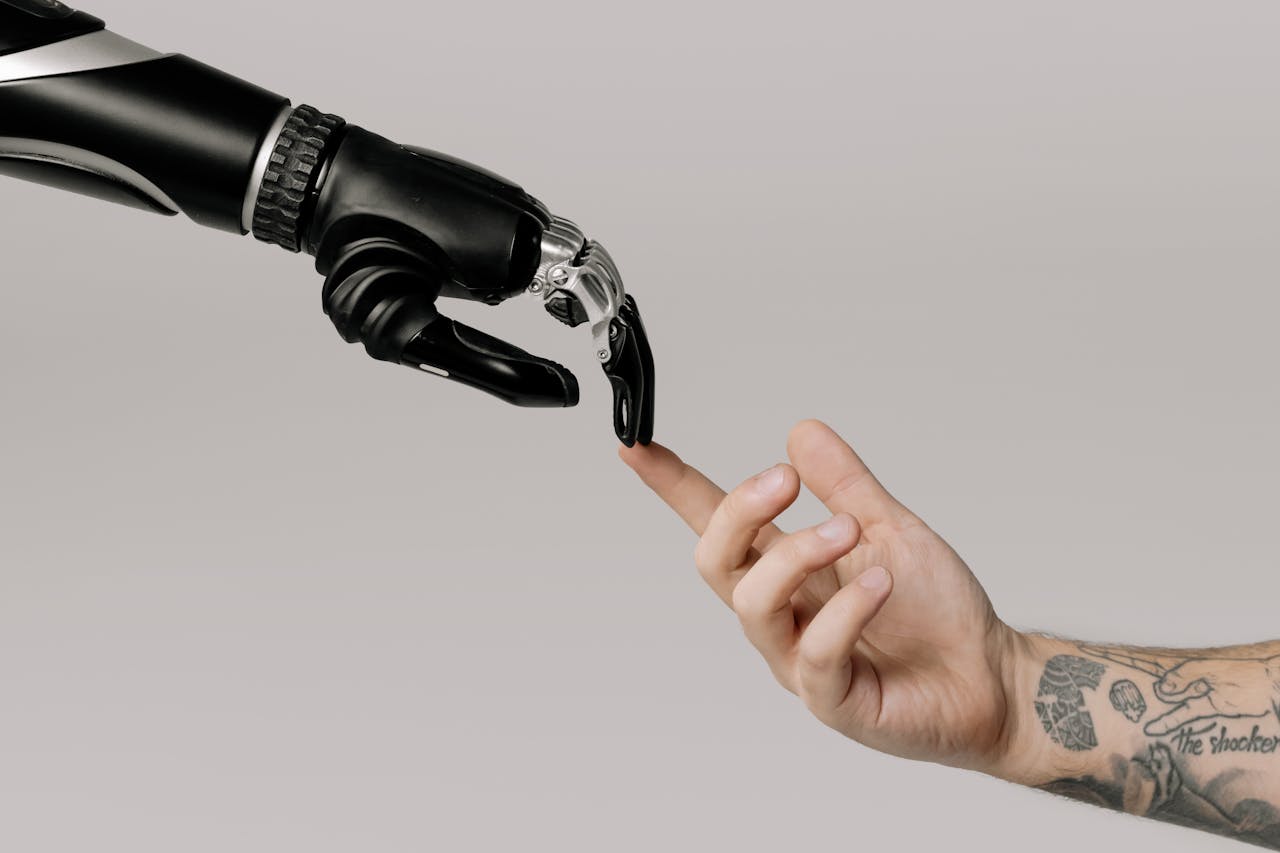
As offices continue to change, new tech is making workplaces smarter. These tools help employees work faster, save money, and feel happier at work. With trends pointing to more automation and connected systems, the future office will look very different. Let’s explore what is coming and how these innovations will become the new normal in the coming years.
The Rise of IoT in Office Environments
What is IoT and How Is It Transforming Offices?
The Internet of Things (IoT) connects everyday devices to the internet. This means lights, thermostats, and even desks can communicate and work together. Many offices already use IoT devices like smart thermostats to save energy. These gadgets gather data and respond automatically, making the workspace more efficient. For example, smart lights turn off when no one is present, saving electricity.
Benefits of IoT Integration
IoT helps cut costs by lowering energy use and reducing waste. It also makes spaces more flexible. With real-time data, companies can better manage lighting, climate, and space use. That keeps employees comfortable and makes sure everything runs smoothly.
Case Study: IoT Implementation in Leading Companies
Some of the biggest names, like Google or Amazon, already use IoT in their buildings. They control lighting, heating, and security from a single app. This allows them to save money and keep their offices running efficiently 24/7.
Smart Lighting and Climate Control Systems
Features of Advanced Lighting Solutions
Smart lighting isn’t just about brightness. It uses sensors to detect when rooms are empty, turning lights off automatically. These systems can adjust color and intensity, helping workers focus or relax. Tunable LED lights can mimic natural daylight, boosting mood and productivity.
Climate Control Innovations
Smart thermostats and zones give precise control over temperatures. Instead of cooling or heating the whole office, systems target specific areas. For example, conference rooms can be warmer when sessions are scheduled. This creates better comfort and saves energy.
Actionable Tips
To start upgrading, assess your office’s current lighting and HVAC needs. Think about installing occupancy sensors or programmable thermostats. Compare costs versus long-term savings. Often, initial investment pays off in reduced utility bills and happier employees.
AI-Powered Collaboration and Productivity Tools
The Role of AI in Office Productivity
Artificial Intelligence is changing how teams work. AI tools help with scheduling meetings, managing tasks, and chatting with teammates. AI assistants like Microsoft 365 GPT or Slack’s AI bots can handle routine work so employees focus on bigger projects.
Enhancing Remote and Hybrid Work
Smart virtual assistants can help translate languages in real-time, making international meetings easier. AI-powered apps can also suggest meeting times or prioritize your inbox. These tools boost collaboration no matter where team members are working from.
Expert Insights
Industry leaders say AI will make office work simpler. They see AI as a key to quicker decision-making and better communication. With these tools, companies can stay competitive and innovative.
Smart Security and Access Control
Modern Security Systems
Biometric scans using fingerprints or face recognition make entrances safer. Mobile credentials let employees unlock doors with smartphones. Remote monitoring helps security teams watch the office from anywhere. Plus, contactless systems reduce touching shared surfaces, lowering infection risks.
Data Privacy and Ethical Considerations
Smart security means handling sensitive data carefully. Companies need strong rules to protect employee privacy. Stay updated on laws that govern facial data or biometric info to avoid legal troubles.
Actionable Tips
Upgrade security step-by-step. Start with biometric access or mobile credentials. Train staff on privacy policies. Make sure your systems comply with privacy laws like GDPR or CCPA.
Automation of Routine Office Tasks
Smart Office Appliances and Robots
Cleaning robots and delivery drones are already in some offices. Robots can also handle mail, stock supplies, and manage inventories automatically. This cuts down on manual work and frees staff for other tasks.
Workflow Optimization
Smart software can automatically reorder supplies or update inventory lists when stocks run low. These integrations mean less hassle for admin teams and fewer errors. Think of it like having a virtual assistant handling routine chores.
Future Outlook
More offices will use robots for everyday jobs. Expect to see autonomous cleaning machines or robotic receptionists. This trend makes workplaces more efficient and reduces the need for extra staff.
The Future of Smart Office Technology
New tech keeps coming. Expect faster, smarter gadgets to help with work, security, and comfort. But there are some hurdles too, like cybersecurity threats or expensive setups. The trick will be to add new tools gradually and train staff along the way. Over time, these investments will pay off with improved operations.
Conclusion
Smart technology is reshaping offices. From IoT sensors and intelligent lighting to AI tools and automated systems, the future office will be more connected and efficient. Companies that adopt these innovations early will have a competitive edge. Planning ahead and staying informed will make the transition smooth and successful.
Key Takeaways
- IoT, AI, and automation are key to creating future-ready workplaces.
- Investing in smart tech saves money and boosts employee happiness.
- Being aware of upcoming trends helps your office stay competitive and innovative.
By embracing these changes now, you’re setting your business up for success tomorrow. The smarter office isn’t just a goal — it’s on the way.


